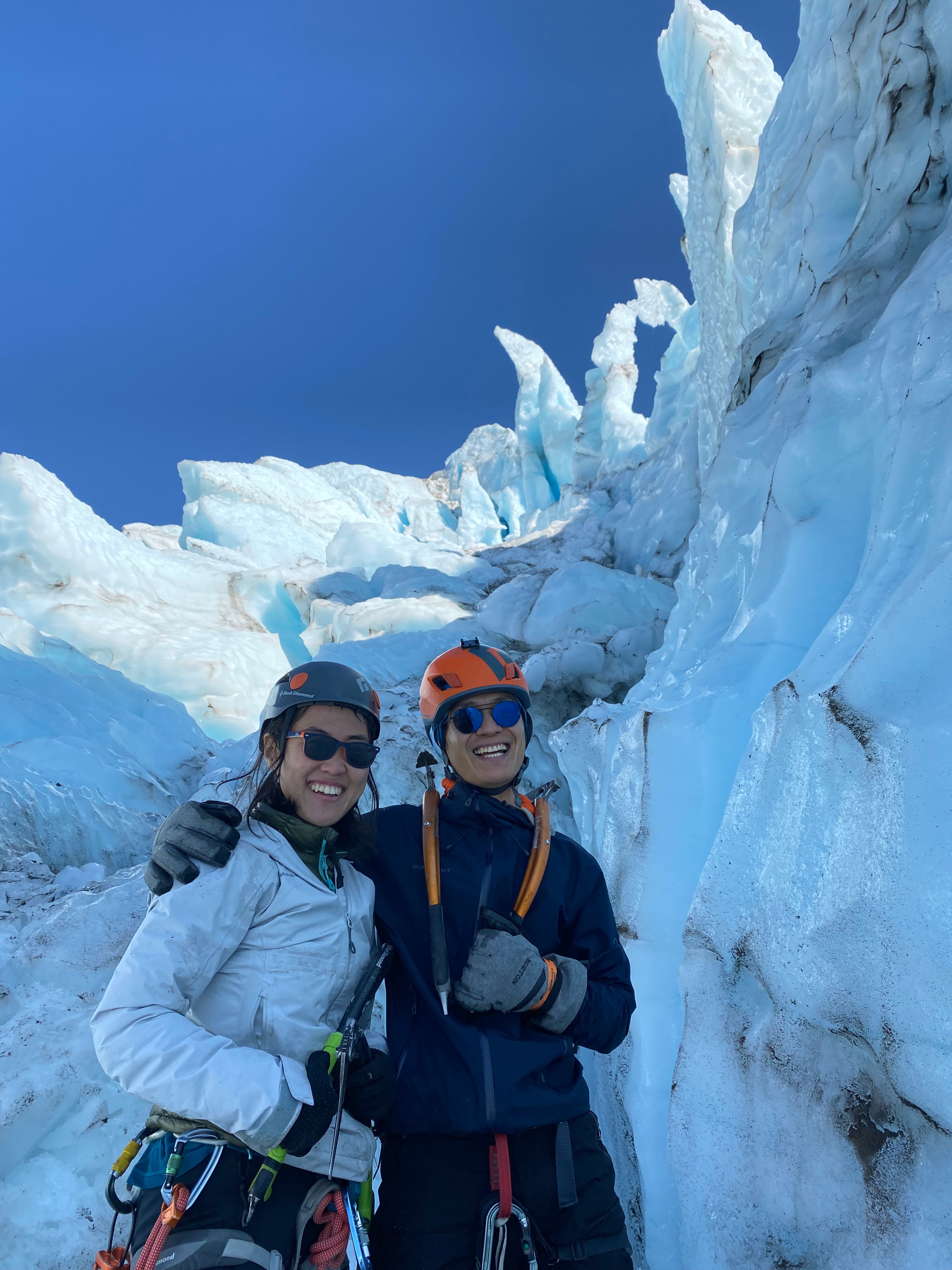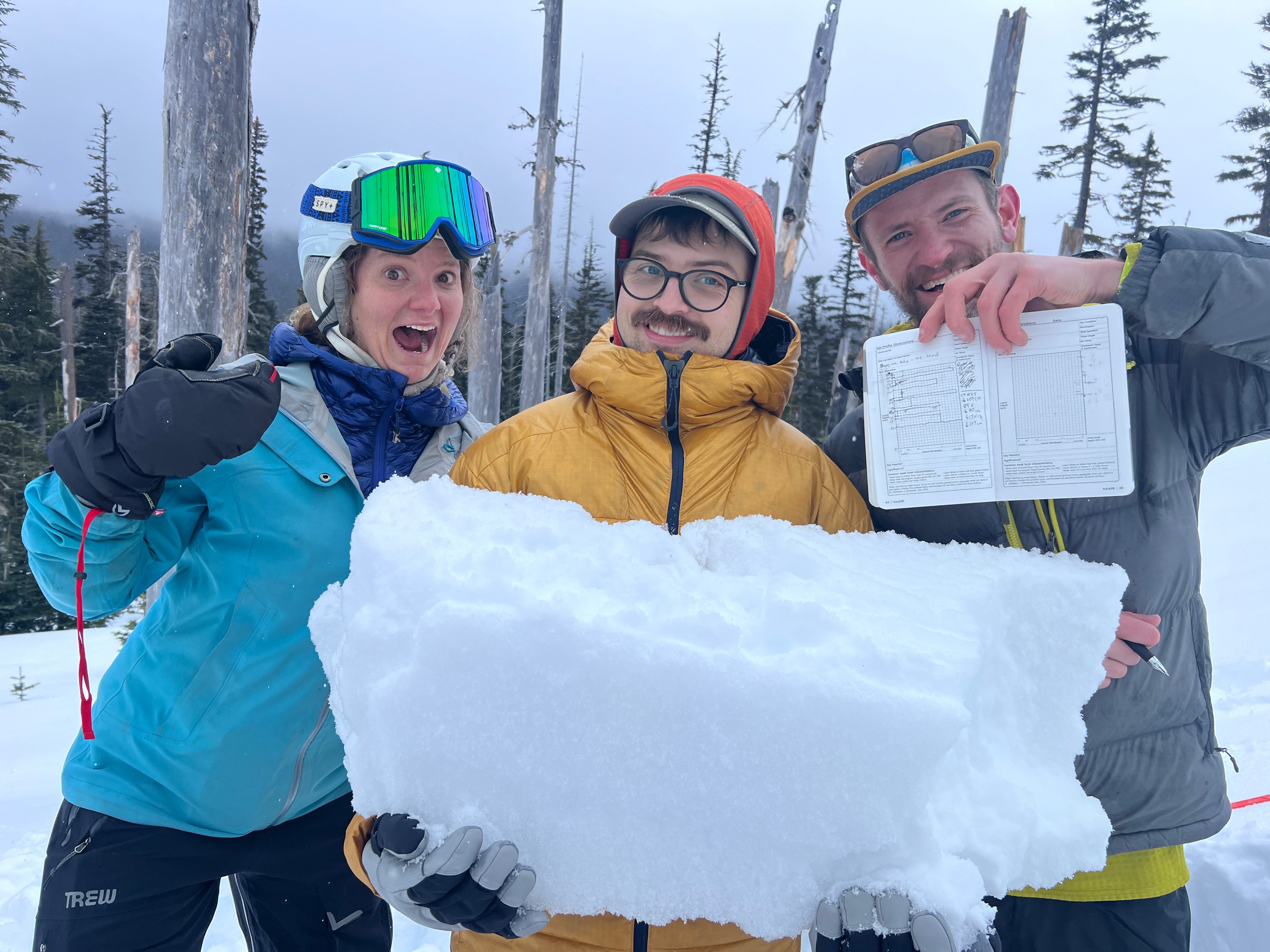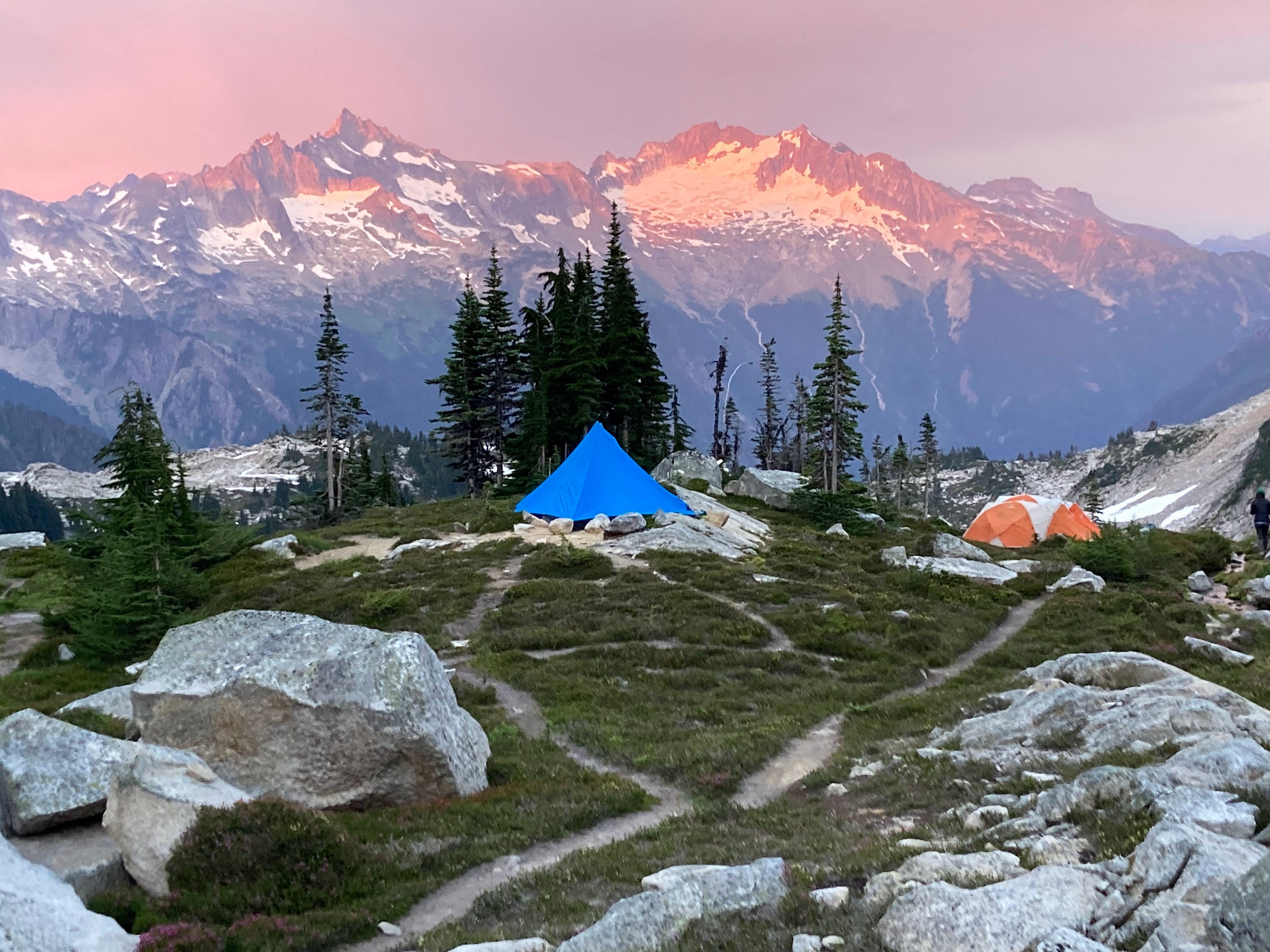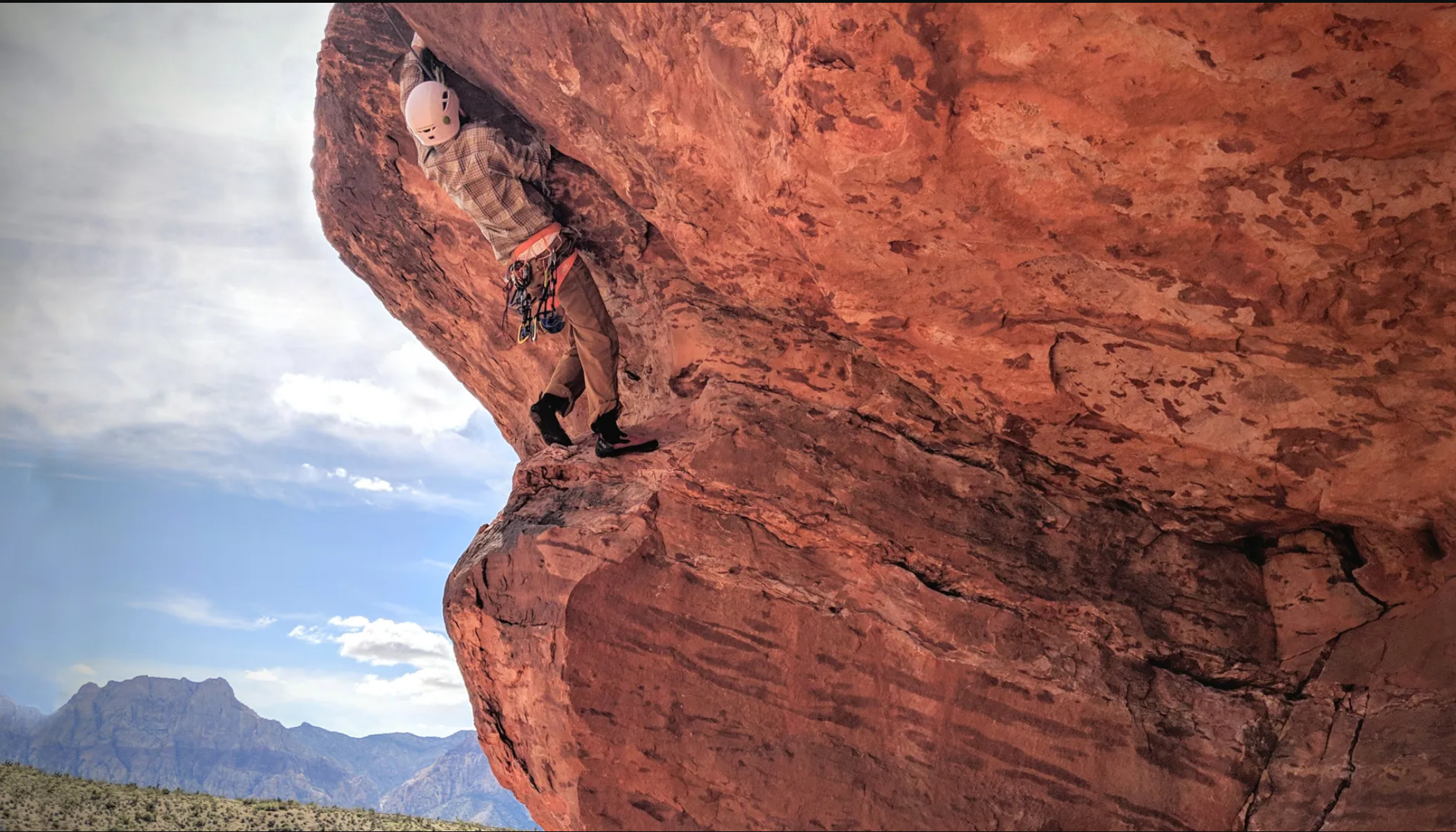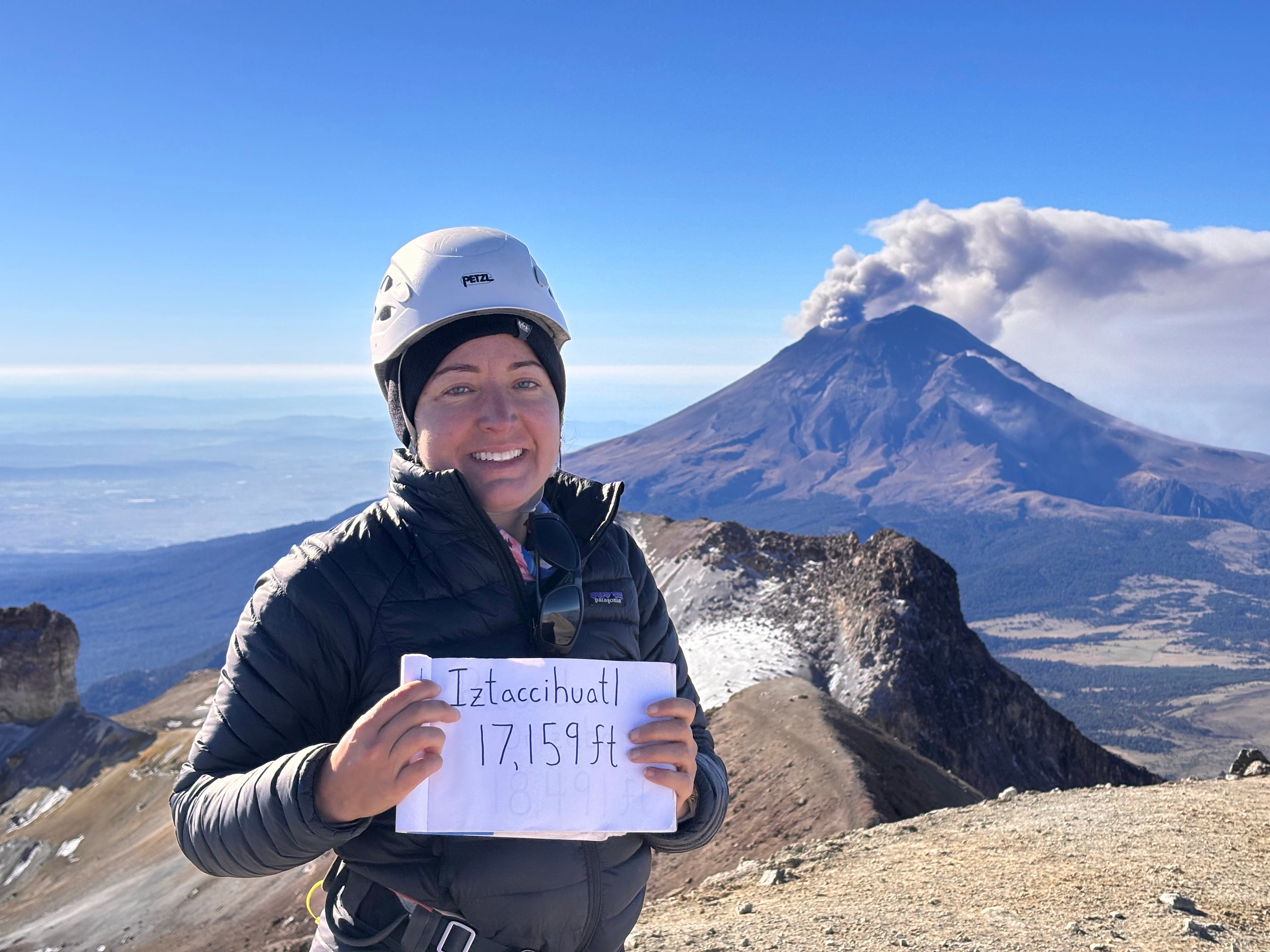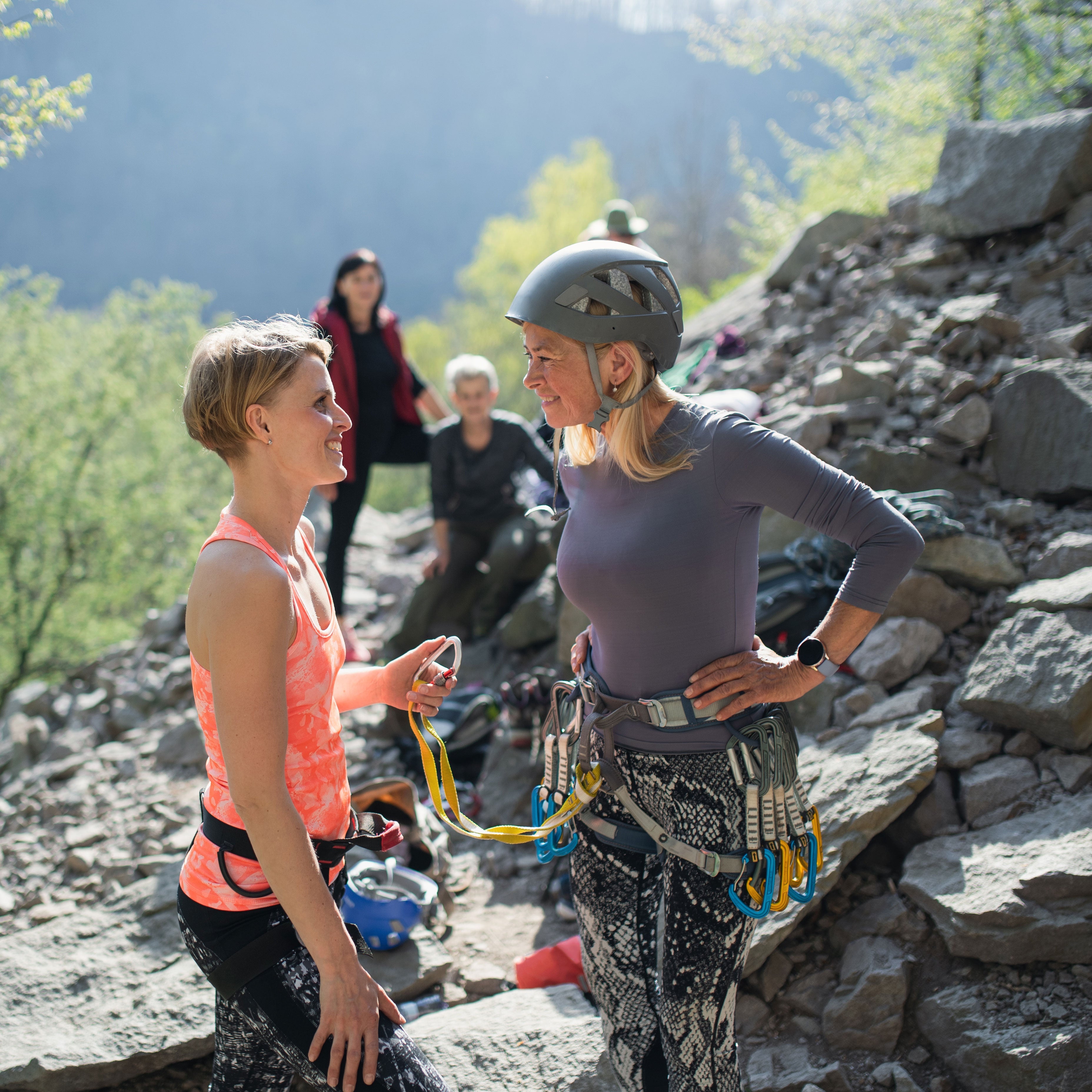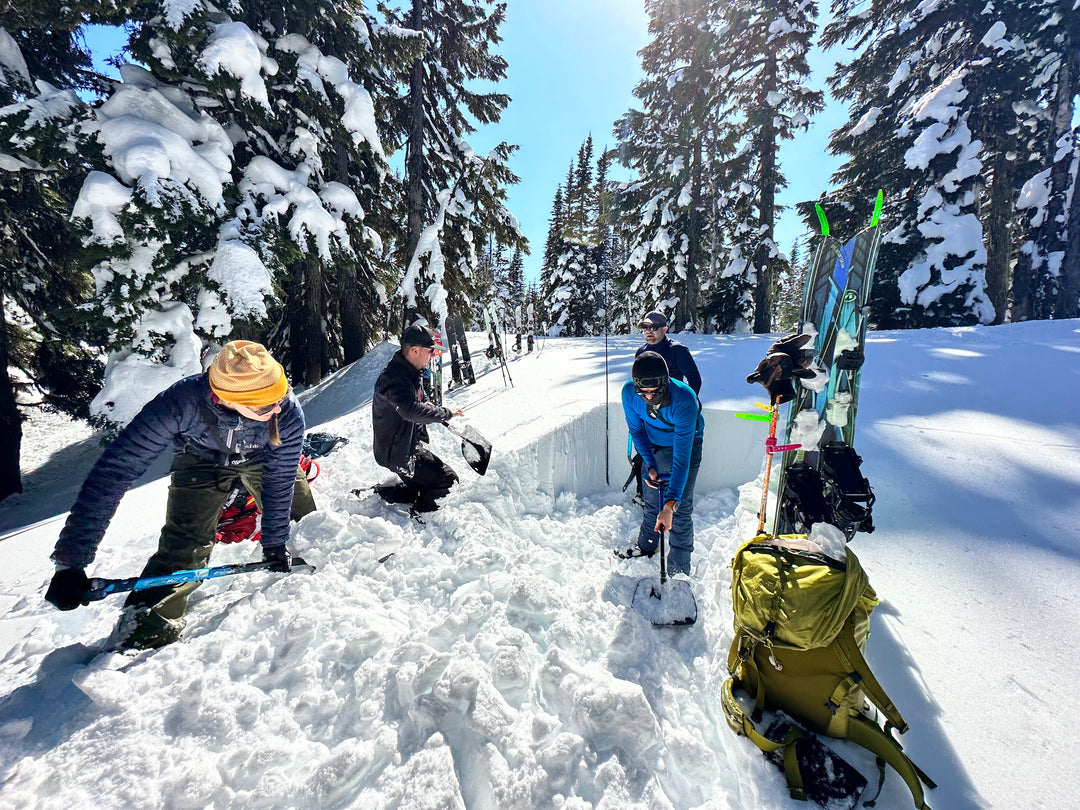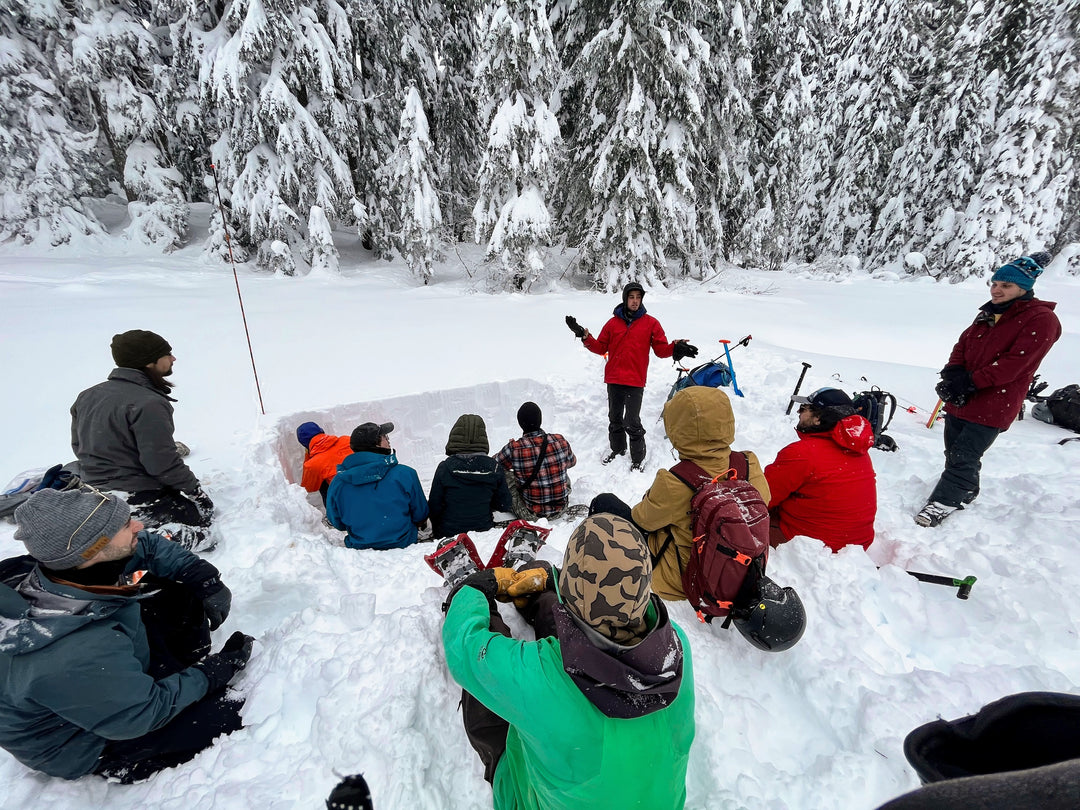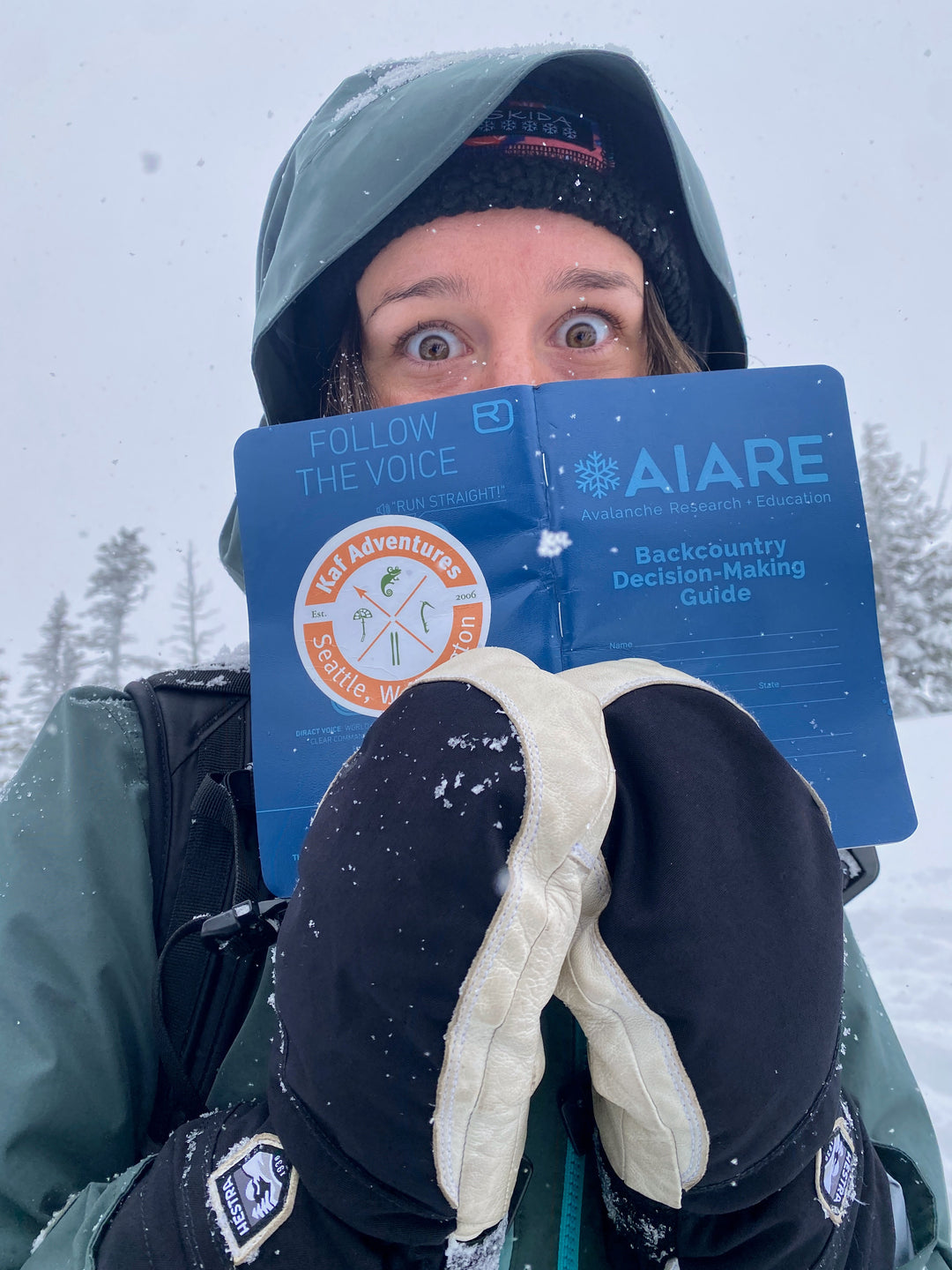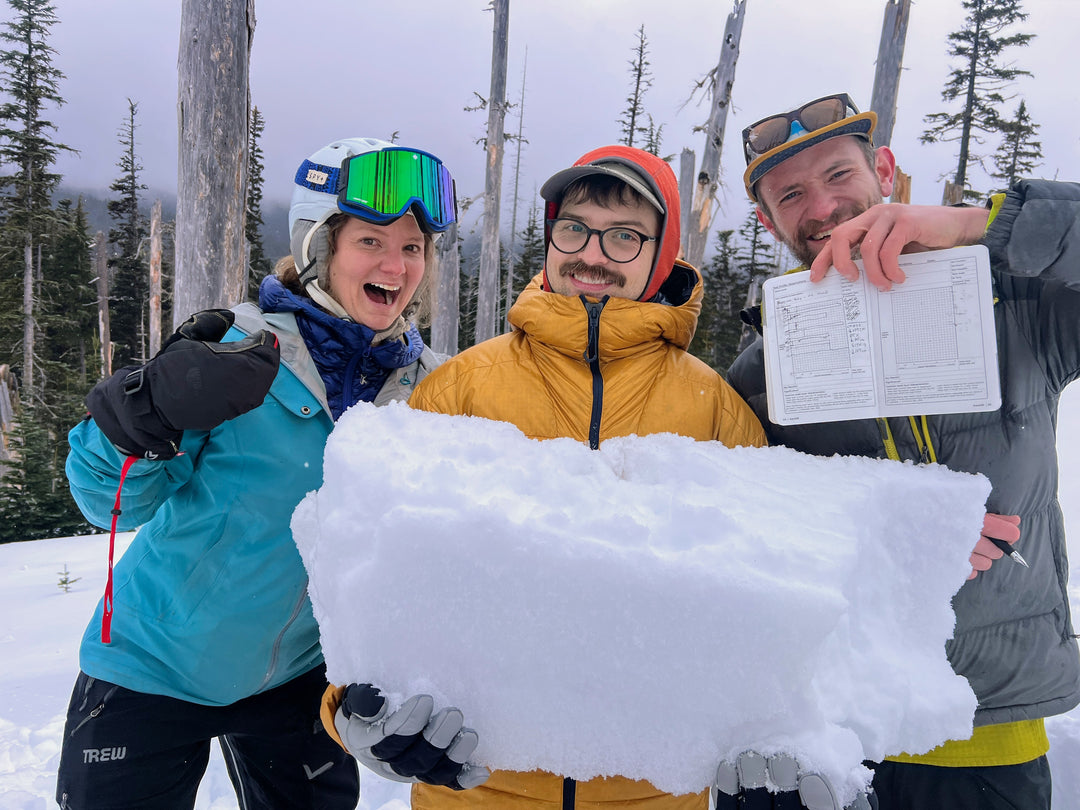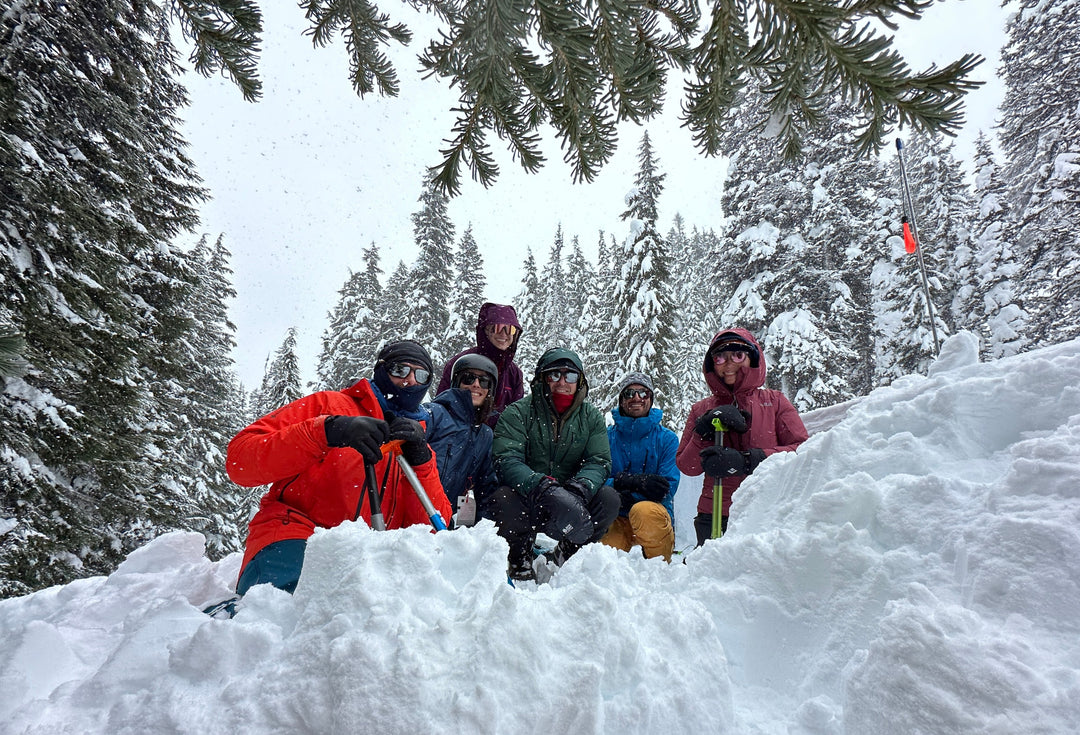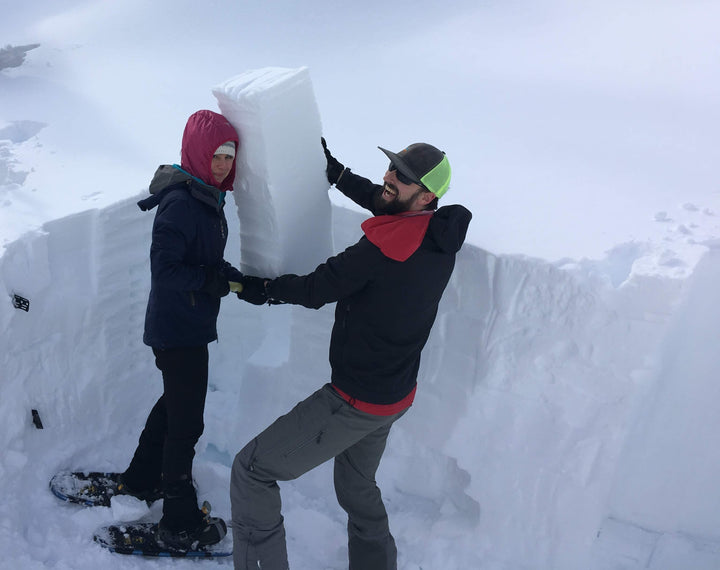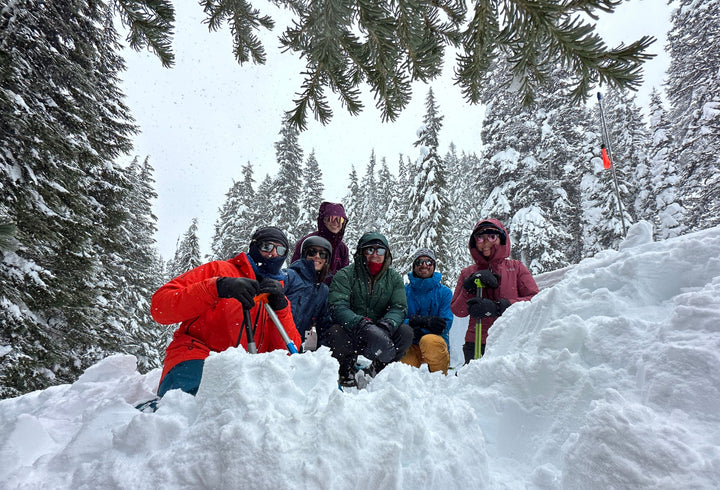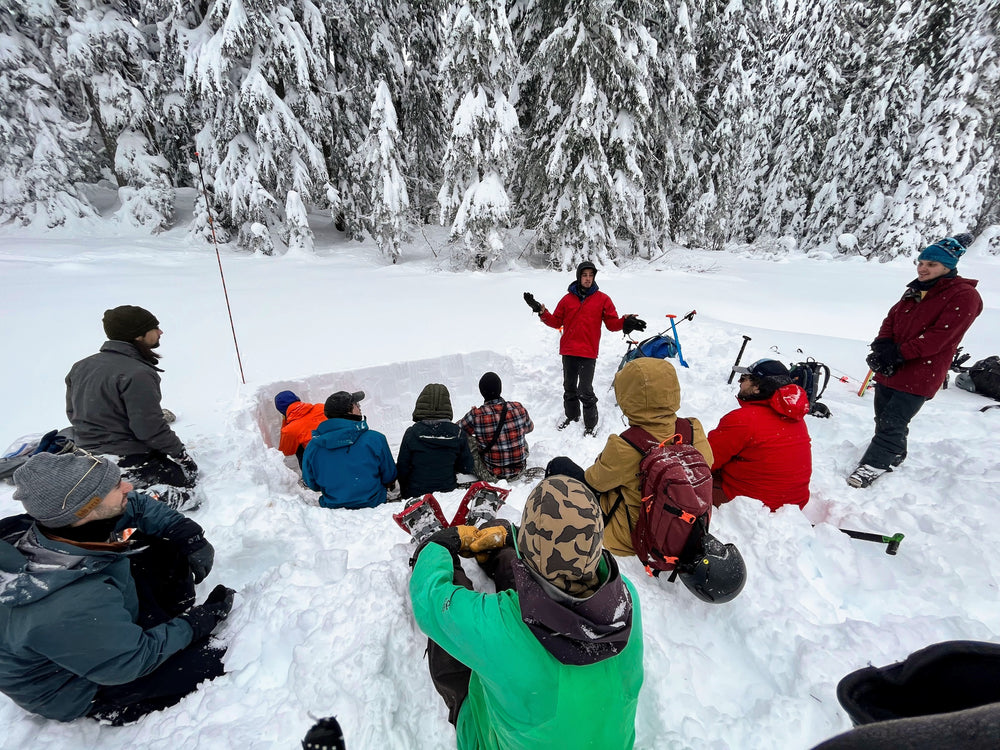Duration
- 2 days
- 8 hrs/day
- Online Coursework
Season
- Winter
Client:Guide Ratio
6:1
Minimum Participants
3
Online learning - Please allow 8 hours for the online curriculum. It will provide an overview of avalanche types and characteristics and will introduce case studies to analyze avalanche incidents. Course progression includes:
- Types and characteristics of avalanches
- Avalanche motion
- Size classification
- The mountain snowpack: an introduction to metamorphism and layering
- Avalanche terrain recognition, assessment, and selection
- Route finding and travel techniques
- Decision making and Human Factors
In the Field - Each morning, meet your instructor at 7am ready to begin. You can expect to be back to the parking lot around 4pm each evening. You are responsible for your own lodging and food.
Day 1 - The day will begin indoors with a discussion of weather observations and how to use a daily avalanche bulletin to assess risk. After the initial discussion, we will travel to an outdoor location to introduce beacons and companion rescue. The day ends with a route planning session to prepare us for the following day.
Day 2 - The day will again start with a discussion of weather observations and use the daily avalanche bulletin to assess risk before moving to an outdoor location. During the day, we will focus on appropriate travel techniques, features of the snowpack, and terrain identification. We will end the day with a mock rescue scenario and debrief.
- Attendance of a free NWAC Avalanche Awareness Course is recommended.
- If Skiing/Riding: Intermediate skiing or snowboarding skills (ability to confidently ski or ride blue square runs in variable snow conditions).
- If Skiing/Riding: Some touring experience is highly recommended. At minimum, knowledge of your gear and the ability to transition efficiently.
- If Snowshoeing: Some previous snowshoeing experience.
- Ability to tour/snowshoe for 3-4 hours and ascend 1000' with a 30 lb pack.
- Upon registration, you will receive a confirmation email full of important information - make sure to read it thoroughly!
- 3-5 days before your course you will receive an email from your guide containing even more details, including the exact meetup location and time.
- This is a hybrid course that requires an online learning module to be completed in advance. Please plan for about 8 hours to complete the online education portion.
- 2 weeks before your course start date, you will receive an invitation to your online coursework via the email address you provided in your registration. This email will come from our online learning service provider, "Rounded Adventurer" or "Thinkific." Be sure to check your spam filters if you don't see it!
- Plan to attend a virtual pre-trip meeting in the evening a few days before your course begins. This is required and a great opportunity to meet your guide, review gear, discuss your trip plan, and ask any last minute questions. For Sat-Sun AIARE courses plan on Thursday 6:30-8:30pm; otherwise the exact time of your meeting will be set by your instructor and noted in their welcome email.
- Leading up to your course, make sure to eat healthy, drink extra water, and get plenty of sleep.
- Please arrive on time and ready to go at your pre-arranged meeting location. Upon arrival, we'll distribute any group gear and finish loading our packs. From there we will caravan to the trailhead.
- All along the way, our office team is available via email or phone to answer any questions you may have.
This course will leave you with knowledge and practical application of:
- Describing a basic framework for making decisions in avalanche terrain.
- Planning and preparing for travel in avalanche terrain.
- Identifying avalanche terrain.
- Effective companion rescue.
PLUS:
- A fun experience you’ll remember forever!
- A sense of accomplishment in achieving your goals for the trip.
- Confidence in your newfound skills and where to take them next.
- Tips and tricks to add to your toolbox from our professional and knowledgeable guides.





